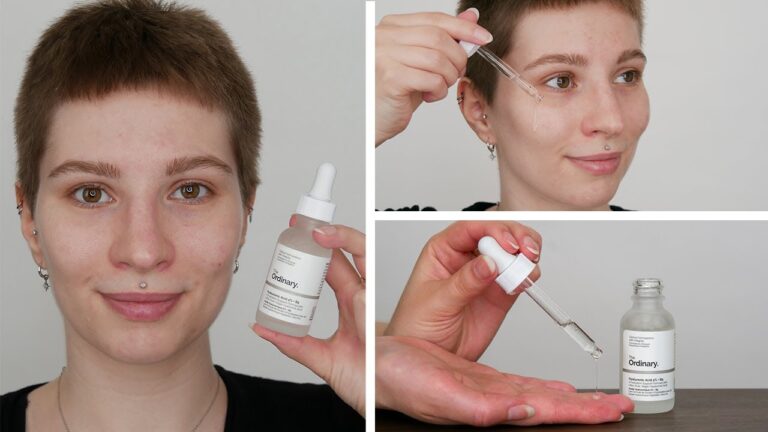The Ultimate Guide to Patch Testing: What It Is and Why It’s Important
Patch Testing: An Essential Step Towards Identifying Allergic Reactions
Patch testing is often the first step in identifying the cause of allergic contact dermatitis (ACD), a condition that causes skin inflammation and irritation due to exposure to certain substances. In patch testing, a small amount of allergen is placed on the skin, usually on the back or arm, and left in place for 48-72 hours. After that, a dermatologist or allergist examines the skin for any signs of a reaction.
Patch testing is an important diagnostic tool as it can determine the specific substance(s) causing ACD. This is essential because many products or materials can cause skin irritation, making it difficult to pinpoint the exact culprit. For example, a patient may have a reaction to a particular soap, but it could be any one of the many ingredients in the soap, and not necessarily the soap itself.
The most common culprits of ACD include fragrances, preservatives, metals such as nickel, and rubber compounds. Patch testing can help identify the source of the allergy, allowing the patient to avoid exposure to it in the future.
There are two types of patch tests: standardized and customized. Standardized patch tests use a pre-made set of allergens that are common causes of ACD. These tests are useful for identifying common allergens quickly and efficiently. Customized patch testing involves identifying specific allergens that are suspected to be the cause of ACD. These tests are more time-consuming and expensive but may be necessary for complex cases.
Once patch testing identifies the allergen, the patient and their healthcare provider can implement a plan to avoid exposure to the substance. This may include changes to personal care products, dietary changes, or avoiding certain environments.
It is important to note that patch testing is not foolproof. False positives and false negatives can occur, making it important for patients to report suspected allergies or skin sensitivities to their healthcare providers.
Products such as T.R.U.E. Test and Chemotechnique Diagnostics provide standardized patch test kits that contain a carefully selected set of allergens. These kits can be a useful tool for dermatologists and allergists in identifying the cause of ACD.
In summary, patch testing is an important step in identifying the cause of allergic contact dermatitis. It helps identify specific allergens and allows patients to avoid exposure to the substance in the future. Though not perfect, patch testing is a valuable diagnostic tool for those with suspected allergies or skin sensitivities.
Most searched products:
Does Sephora Support Israel? Answering Your Questions
The Ultimate Guide to Azealic Acid: Benefits, Uses, and Side Effects
How Long Does Glycolic Acid Take to Show Results: Your Ultimate Guide
Discover the Benefits of The Ordinary Botox for Your Skin
The Ultimate Reviews of The Ordinary Peeling Solution
The Ultimate Guide to The Ordinary Colours Foundation: Reviews, Swatches, and Tips
The Perfect Order: When to Use Retinol and Niacinamide in Your Skincare Routine
Unlock the Power of Hyaluronic: Benefits, Uses, and Top Products
Say Goodbye to B.O with Glycolic Acid Deodorant: The Secret to Long-Lasting Freshness
Unlock Smooth and Supple Skin: Discover the Best Skincare Products for Skin Suppleness













